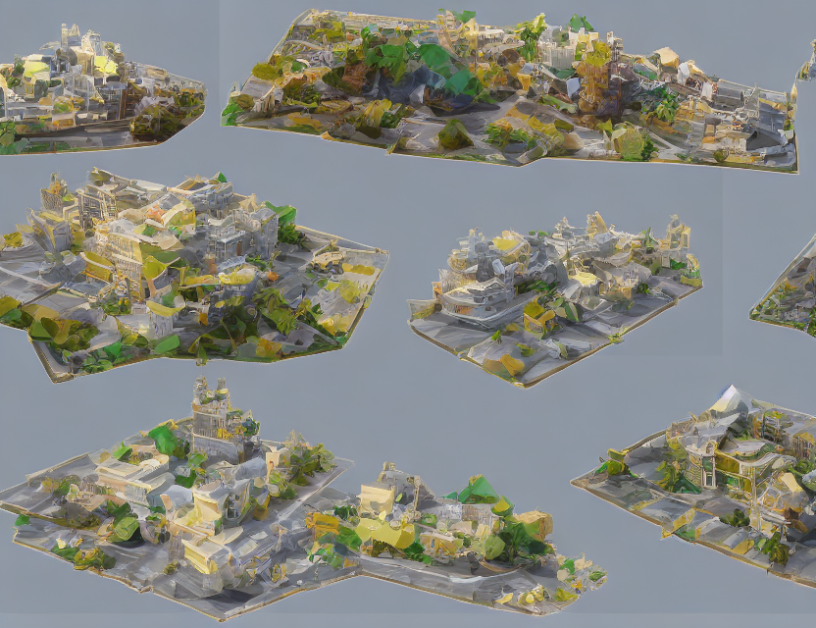In this paper, the authors propose a new method called Lcm-lora, which is designed to accelerate text-to-image diffusion models on mobile devices. The main idea behind Lcm-lora is to create a universal acceleration module that can be applied to various text-to-image models, such as Snapfusion and Imagen.
Imagine you have a big box full of toys, and inside each toy, there’s a special power that makes it come alive. The toys represent the different images generated by the text-to-image models. Now, imagine you want to make all the toys come alive faster, so you can play with them sooner. That’s what Lcm-lora does – it helps the toys come alive faster, without making them any less special or fun to play with.
The authors explain that existing methods for accelerating text-to-image models are not efficient and can only work for specific models. Lcm-lora, on the other hand, is a universal acceleration module that can be applied to any text-to-image model, no matter how big or small it is. This means that Lcm-lora can help all the different text-to-image models come alive faster, making them more efficient and accessible on mobile devices.
The authors also mention that their method uses a new technique called "latent consistency models," which allows the model to generate high-resolution images with fewer steps. This means that Lcm-lora can produce better and more detailed images than other methods, while still being fast and efficient.
In summary, Lcm-lora is a powerful tool for accelerating text-to-image diffusion models on mobile devices. It’s like a special power that makes all the toys come alive faster, without losing their magic. With Lcm-lora, you can create amazing images and videos faster than ever before, making it easier to use text-to-image models in your everyday life.
Computer Science, Computer Vision and Pattern Recognition
Efficient Diffusion Models for Text-to-Image Synthesis



